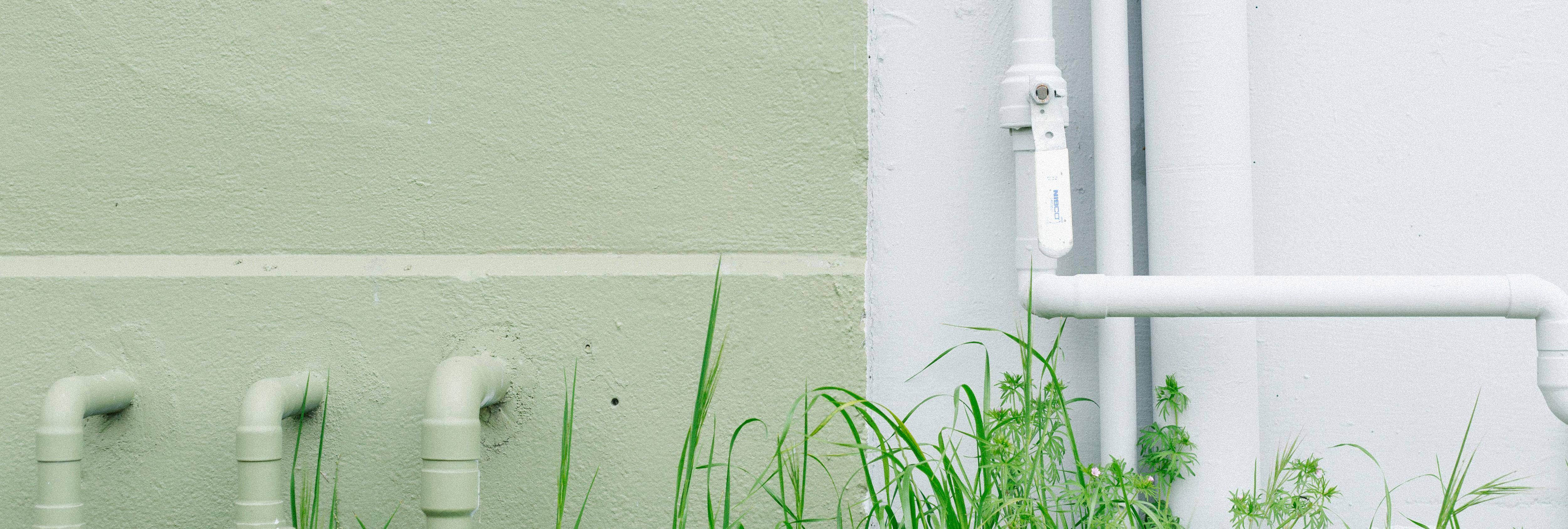Everything you need to know about water shutoff valves

Key tips to remember
- Knowing where your water shutoff valves are can help prevent water damage in your home.
- The main valve inside your home will be on the wall facing the street, somewhere near ground level.
- Each of the smaller plumbing appliances in your home will have its own water shutoff valve.
Knowing about your water shut off valve can help you prevent a serious leak in your house. And a serious water leak is one of the fastest ways to significantly damage your home.
Flood damage can take a real toll on a home and the family that lives there. However, as long as your own water supply is the issue rather than an outside source, such as a natural flood, you should be able to quickly and easily put a stop to the problem. And this is thanks to some handy things called water shutoff valves.
While water shutoff valves won’t protect your home from the effects of a serious natural disaster, they are powerful tools against any other plumbing disaster. There are a couple of different types of water shutoff valves that will be in different places on your property. And these control different parts of your system. Understanding what they do and where they are can be immensely helpful in the case of an emergency.
Main water shutoff valves
Water damage to your home can be a major financial drain on your bank account. According to industry sources, every day about 14,000 people experience a water damage emergency, either at home or work. And on average, water damage repair costs people about $2,400 and can be as much as double that. Knowing about your water shut off valves can be the solution to this problem for you.
Every home has two main water shutoff valves: one inside the house and the other by where your property meets the street. The simplest way to shut off all water running through your house is to know where the main valve is located inside your house. In the event of an emergency, you can rush to shut it off and immediately prevent any significant damage that the water could inflict.
If you do not know where your valve is located inside your house, you can normally find it on the inside of the perimeter wall that faces the street. All water pipes run in a straight line from the street, so the valve is most likely somewhere against that wall. It won’t be above ground level, so look either somewhere along the bottom of first floor or near the basement ceiling.
If you cannot find the main water shutoff valve inside your home, head out to the street to see if you can find the metal or plastic utility box at ground level. It should be right at the boundary line of your property and the street. When you find it, remove the lid to see what you are working with.
There may be sand or dirt inside if you live in an area of the country where it freezes in the winter; this is there to prevent the pipes from freezing. Dig around the dirt or otherwise temporarily remove it so you can see the water meter and two valves. The one on the street side is for the water company — do not turn it! It should be designed so that only the water company can turn it, but even if you think you can, avoid the temptation because there may be legal ramifications for doing so.
There will be another valve on the side facing your house, and this is the one to turn. It should have a knob — or maybe a nut — and you can turn it yourself. However, if you are unclear about anything, you can call the water company, and they can either walk you through it or send someone to help.
Shutoff valves closer to the source
While the main valve shuts off water to the whole house, there may be situations where just shutting off a portion of your home’s water supply is better than shutting down the whole system. Try using the local water shutoff valve on the source for a leak in your toilet, sink, washing machine or bathtub with exposed plumbing.
Most of these household devices have exposed valves that should be easy enough to find. Turning it will shut off the water supply to whatever it is attached to without disrupting the water running throughout the rest of the house.
If you think you have a leak or are having any plumbing issues, it is best to have a service professional check it out. This is where a Cinch home warranty plan comes in handy. It covers a majority of your built-in home systems and appliances to help save serious time and money on repairs and replacements. Get a home warranty quote today!
The information in this article is intended to provide guidance on the proper maintenance and care of systems and appliances in the home. Not all of the topics mentioned are covered by our home warranty or maintenance plans. Please review your home warranty contract carefully to understand your coverage.
